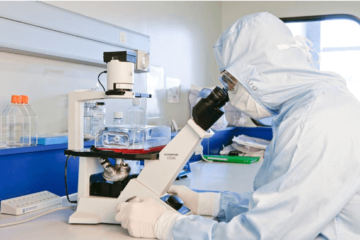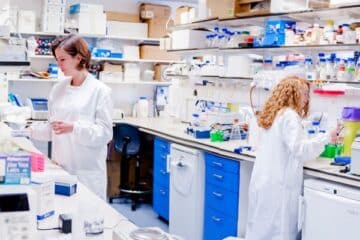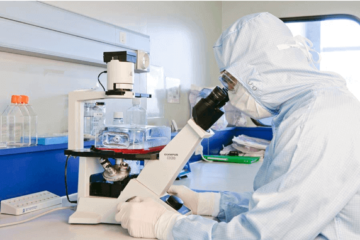Exploring the Use of Adipose-Derived Stem Cells in Cardiomyopathy
Aus Fettgewebe gewonnene Stammzellen (ADSCs) are emerging as a promising therapeutic option for cardiomyopathy. Their ability to differentiate into cardiomyocytes and secrete paracrine factors offers potential for myocardial regeneration and repair. Ongoing research explores the optimal delivery methods, timing, and dosage of ADSCs for maximum efficacy and safety in treating cardiomyopathy.














